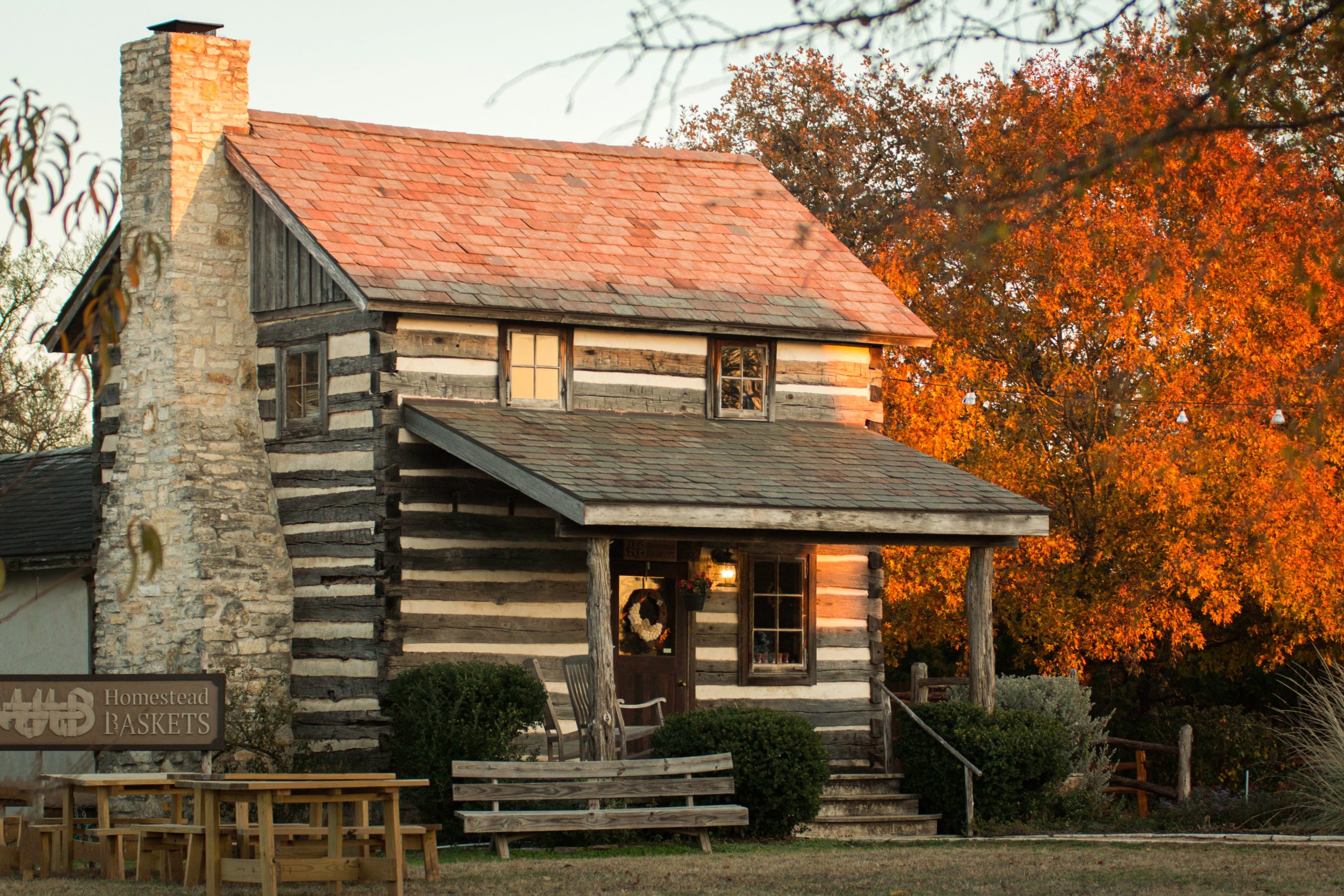Homes for Off-grid living can be made out of pretty much anything. In this article, we’ll cover 5 of the most popular building types for off-grid living. These are the 5 popular home types for off-grid living that we consistently see across all media channels.
Cabins
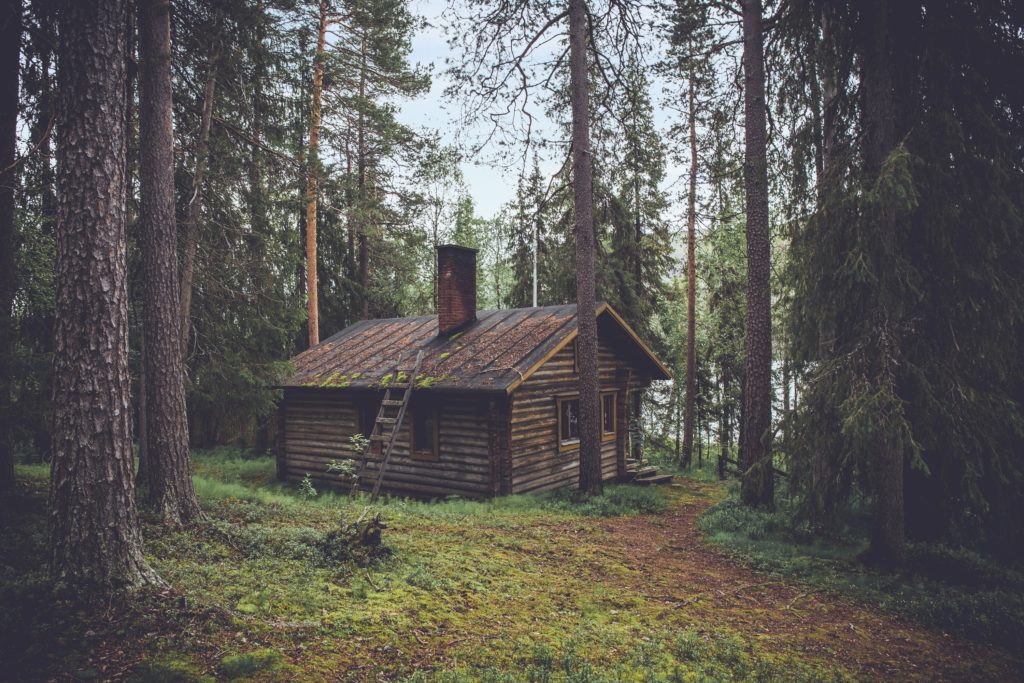
A cabin is probably the most common type of home for off-grid living today. They are easy to construct with local materials. They are a popular choice for the DIY off-grid builder. They can be built to suit your off-grid living needs very easily. This relative ease associated with building a cabin is why they are a popular choice for new and old builds alike.
Cabins give off the rustic ideal of an easier time of the 1800s North American homesteader. The famous documentary “Alone in the woods” has inspired many off-grid builds since its release. If you haven’t seen the documentary we highly recommend you give it a watch. It follows the story of Dick Prooenneke going off into the woods to build his own cabin.
Earthships
The Earthship become a popular building technique during the energy crisis of the 1970s in New Mexico. They’re based on the design principles of the New Mexican architect, Michael Reynolds. An Earthship using passive solar designs to create a home that is free from the need to use non-renewable fuels. They are typically made from recycled materials that require little to no cooling and are easy to heat. These are a popular type of build in dry and hot climates. They are constructed in other climates but not as frequently due to the need to have the structure dry over time.
Earthships are popular in off-grid living as they allow the owners to build their own home. Earthship workshops are a popular way to not only learn how to make your own Earthship home but also to help build someone else’s home, or have people build yours. There have been some amazing Earthships constructed in recent years with a brilliant one out of Te Timatanga, New Zealand.
Tiny Houses
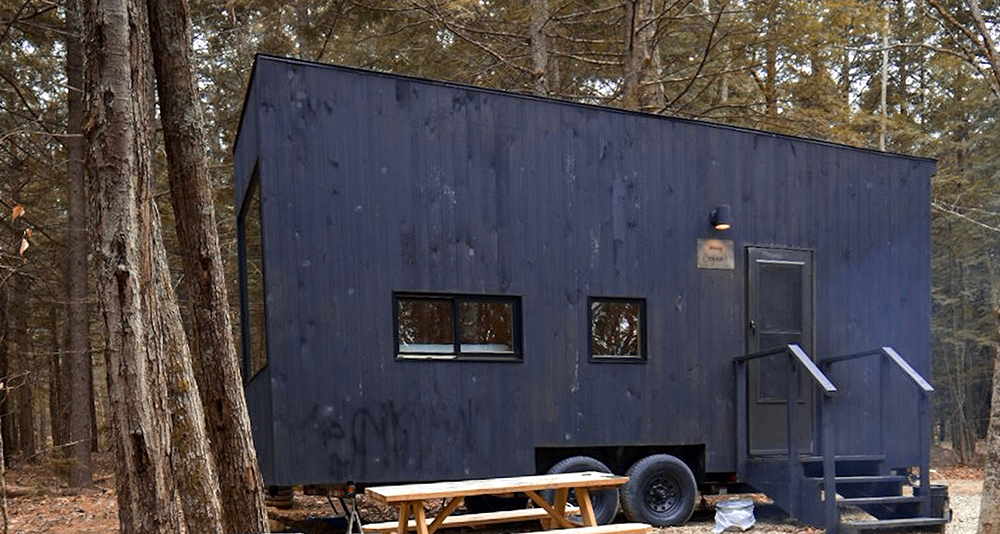
The tiny house movement has exploded in the last 8 years. When we first started this blog the tiny house was only just starting to take shape. These days there are several big-budget tv shows and popular YouTube channels around tiny houses. The original idea for tiny houses was to downsize your living to a tiny house that fits on a trailer. This would allow for a greater chance of owning your own home.
Tiny houses started as a DIY focused living option, but over the years hundreds of companies have spawned to create basic to extremely luxurious homes. Although a lot of tiny houses are grid-connected, many are also suited to a complete off-grid living environment. The other advantage of the tiny house is the fact that it’s on wheels. You can relocate the home to different surroundings based on the weather or your personal preferences.
Cob Houses
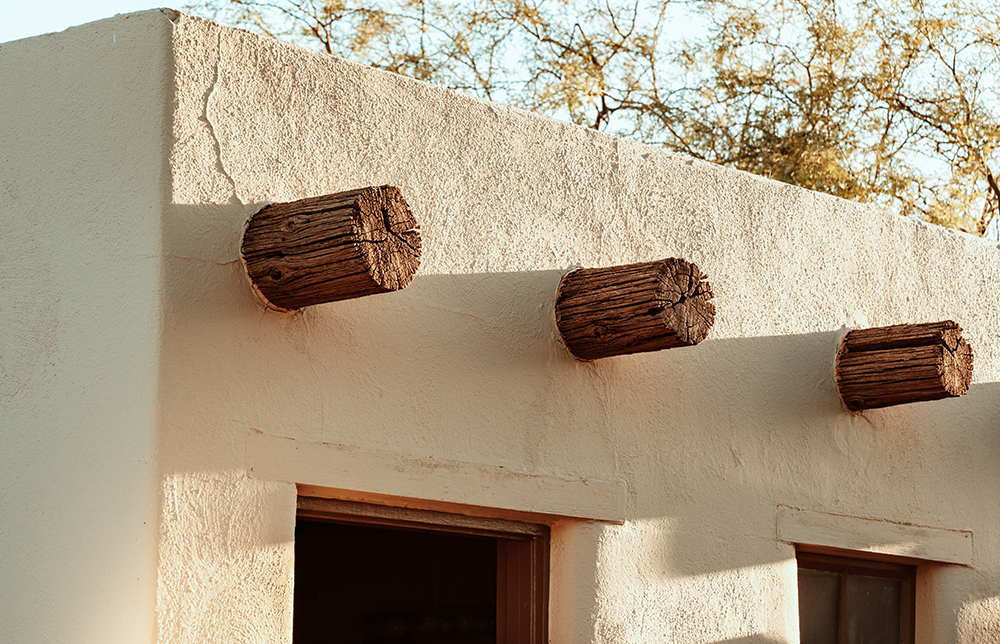
Cob houses give the whimsical feel of a hobbit house. Cob building is one of the oldest building techniques. The oldest standing cob structure is over 10,000 years old. It uses clay, straw or grass and other natural materials. The structure is fireproof and built entirely of natural materials. They must be waterproofed and this is usually done using linseed oil.
A cob house is a great option for off-grid living due to its natural materials, fire protection and insulating properties. Just like Earthships, they take time to construct but once they are completed, they provide a build that will easily last 100 years.
Shipping Containers
Shipping container homes became popular over the last 30 years. Built from decommissioned shipping containers they provide the structure needed to quickly build an off-grid home. All you need to do is insulate the walls and build out the interior. This can be a single 20ft up to multiple 40ft containers. You do need to have some metalworking skills to be able to build a shipping container-based home. Depending on where you build you will also have building codes to adhere to.
They are very heavy which can limit where they are installed but they can provide a quick way to get a shelter built and living in. This is also a popular DIY option as you can slowly build the house as you need. This is one of our favourite options. The idea of recycling a container really appeals to us. They are weatherproof, already have a solid structure and can be placed on the ground or on blocks makes for a quick build.
Conclusion
These 5 building types are not the only options for your off-grid home. There are many more and we will cover these in future articles. These are the 5 that we have found to continually show up in news, youtube videos and other off-grid related sources.
We’re currently looking for an off-grid build somewhere here in Asia and will be looking to document the entire build on the blog. This will include the design, construction, costs and everything else.
